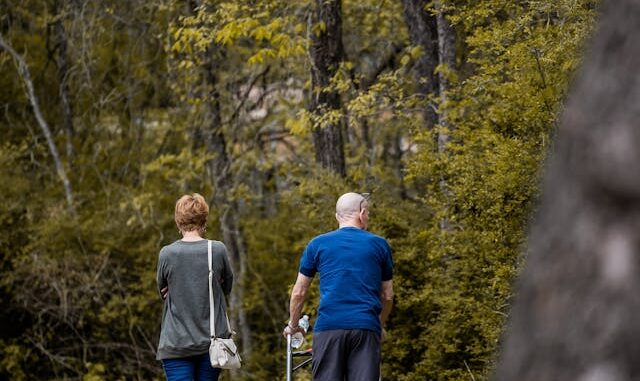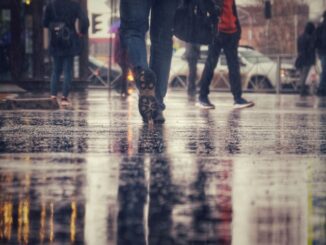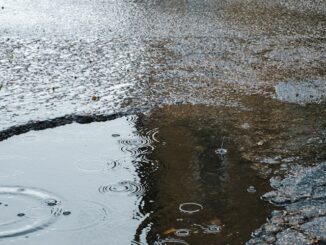
Living in a condominium offers a sense of community and shared responsibility. However, when it comes to slip and fall accidents on the property, understanding who’s responsible can get a little slippery. This article explores slip and fall hazards in Ontario condominiums, focusing on icy walkways and indoor water spills in common areas.
The Duty of Care: Occupiers’ Liability Act
The Occupiers’ Liability Act (OLA) forms the foundation for slip and fall claims in Ontario. It dictates the duty of care owed by an “occupier” to anyone entering their property. In the case of condominiums, the corporation acts as the occupier for common areas like hallways, lobbies, parking lots, and walkways. This means the corporation has a legal responsibility to take “reasonable care” to ensure the safety of residents, visitors, and anyone else lawfully on the property.
When Winter Woes Lead to Falls
Ontario winters are notorious for creating icy conditions. The OLA specifically addresses snow and ice accumulation. Condominium corporations must take reasonable steps to keep common areas free of ice buildup that could cause accidents. This includes:
- Regular Salting and Sanding: Maintaining a proper salting and sanding schedule throughout winter storms is crucial.
- Clearing Walkways: Promptly clearing walkways and building entrances of snow and ice is essential.
- Posting Warning Signs: If clearing isn’t immediately possible due to ongoing snowfall, visible warning signs alerting pedestrians of slippery conditions are necessary.
Recent Case Law: A 2022 case highlights the importance of proper winter maintenance. The court found a condo corporation liable for a slip and fall on ice because they failed to comply with a municipal bylaw requiring them to keep their property free of ice accumulations that could create a hazard [3].
Navigating Indoor Water Hazards
Slip and falls can also occur indoors due to water spills in common areas. The condo corporation’s duty of care extends to these situations as well. Here’s what they should do:
- Prompt Cleanup: Spills should be cleaned up as soon as possible to minimize the risk of accidents.
- Posting Warning Signs: If immediate cleanup isn’t feasible, the area should be clearly marked with warning signs to alert residents of the hazard.
- Addressing the Source: The corporation should investigate the source of the leak and take steps to fix it promptly to prevent future occurrences.
The Importance of Notice: The 60-Day Rule
A significant change to the OLA in 2020 introduced a mandatory 60-day written notice requirement for slip and fall claims related to snow or ice. This means anyone injured in a slip and fall on condominium property due to snow or ice must provide written notice to the corporation within 60 days of the incident. This notice should include details like the date, time, and location of the fall. There are some exceptions to this rule, such as if the fall resulted in death.
Building a Strong Case: Evidence is Key
If you’ve been injured in a slip and fall on condominium property, here are some steps to take to build a strong case:
- Seek Medical Attention: Your health is the priority. Getting a medical evaluation documents your injuries and strengthens your claim.
- Document the Scene: If possible, take photos of the location of the fall, the hazard that caused it (ice, water spill), and any surrounding conditions. Note the date and time the pictures were taken.
- Gather Witness Statements: If anyone witnessed your fall, obtain their written statements describing what they saw.
- Keep Records: Maintain copies of all medical bills, receipts related to the accident, and any communication with the condo corporation.
- Consult a Personal Injury Lawyer: An experienced personal injury lawyer can guide you through the legal process, assess the merits of your case, and help you navigate the complexities of slip and fall claims in Ontario.
Preventing Slips and Falls: Proactive Measures
Preventing slip and fall accidents is far better than dealing with their aftermath. Here are some proactive measures condo corporations can take:
- Regular Inspections: Conducting regular inspections of common areas to identify potential hazards like loose floor tiles, uneven surfaces, or malfunctioning drainage systems is crucial.
- Maintenance Schedules: Implementing preventative maintenance schedules for addressing potential issues before they cause accidents. This could include repairing damaged walkways, ensuring proper lighting in common areas, and placing non-slip mats in high-traffic areas.
- Resident Education: Educating residents about safe winter walking practices and encouraging them to report any spills or hazards they encounter in common areas can contribute to a safer environment for everyone.
By understanding their legal obligations and implementing preventative measures, condo corporations can minimize the risk of slip and fall accidents on their property.



